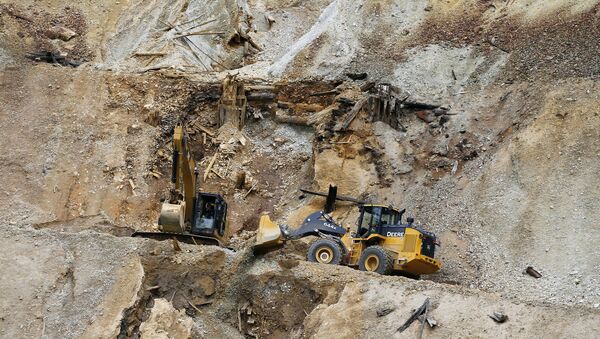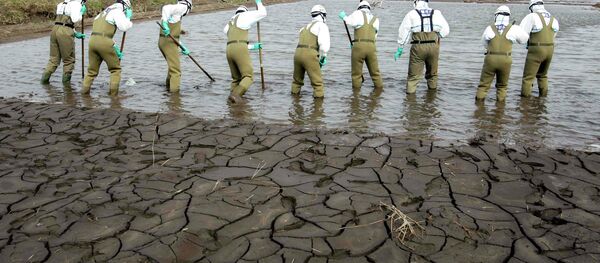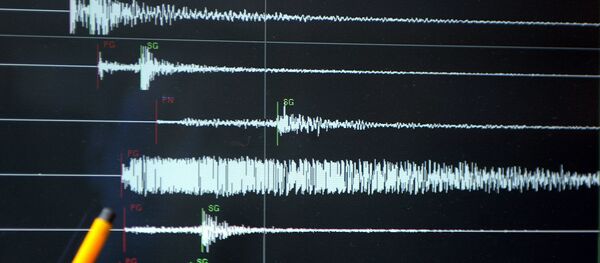The vast majority of those at risk are in Oklahoma and southern Kansas, as well as parts of Kentucky, Illinois, Iowa, Arkansas, Texas and Tennessee. "The good news is that the overall seismic hazard for this year is lower than in the 2016 forecast, but despite this decrease, there is still a significant likelihood for damaging ground shaking… in the year ahead," said Mark Petersen, chief of the USGS National Seismic Hazard Mapping Project.
The 50-percent decrease in Americans at risk from induced seismicity "may be due to a decrease in wastewater injection resulting from regulatory actions and/or from a decrease in oil and gas production due to lower prices," according to the USGS report.
"The forecast for induced and natural earthquakes in 2017 is hundreds of times higher than before induced seismicity rates rapidly increased around 2008," said Petersen. "Millions still face a significant chance of experiencing damaging earthquakes, and this could increase or decrease with industry practices, which are difficult to anticipate."
Typically earthquakes only occur along the American west coast, as it lies along a major fault line. But human activity has increased earthquake risk in places like Wichita, Tulsa, Dallas, and especially Oklahoma City. Wastewater from fracking operations is typically injected into deep underground wells for disposal. This can cause underground pressure changes that weaken a fault and lead to a human-induced earthquake.
A 2015 USGS report claims that wastewater disposal is the primary cause of induced seismicity, as wastewater-disposal procedures involve significantly more fluid and last much longer.
While the downward trend in induced seismicity over the past two years has been cause for some optimism, geophysicists like Stanford University's Cornelius Langenbruch caution that the problem is far from over. "I think it's really important to understand that this triggering process cannot be switched off. If the probability of a damaging earthquake is decreasing right now, it doesn't mean that it's low. It's still high, and there might be damaging earthquakes in Oklahoma over the next few years," he said.
The UCGS also mentions that most injection wells do not automatically trigger earthquakes. Many factors are required, including "the injection rate and total volume injected; the presence of faults that are large enough to produce felt earthquakes; stresses that are large enough to produce earthquakes; and the presence of pathways for the fluid pressure to travel from the injection point to faults."
According to the USGS, Oklahoma is the state most heavily affected by induced seismicity. "Between 1980 and 2000, Oklahoma averaged about two earthquakes greater than or equal to magnitude 2.7 per year. However, this number jumped to about 2,500 in 2014, 4,000 in 2015 and 2,500 in 2016," according to the report. The USGS chalks this up to changes in oil and gas practices that lead to the creation of more wastewater byproduct.
In September 2016, the city of Pawnee recorded a 5.8-magnitude quake, the largest ever recorded in Oklahoma. About 60 wastewater disposal wells were rapidly shut down afterward by regulatory bodies, but over 11,000 remain open in Oklahoma alone.
An additional 500,000 Americans are at risk from natural earthquakes, says the USGS, bringing the number threatened to 4 million. In other words, Americans are seven times more likely to be at risk of induced earthquakes than they are of naturally occurring ones.




